There are many styles of lifting as well as many athletes that take to different methods and different styles of coaching. There are different methods for teaching both new and veteran lifters that coaches will use. Today I wanted to talk about a cue that I use when teaching people how to clean or snatch. In my time learning and teaching the clean and the snatch I have tried lots of different approaches and cues. If you have worked with me at all during the last few years, you have probably heard me tell you or someone by you to try and jump back and away from your starting position on the floor. Let’s discuss why I aim to get most people making some backward momentum when they lift.
When I look at beginner to intermediate lifters, I would say that one of the hardest things people struggle with is finishing their second pull (the part of the lift where the bar gets to the hips and you violently extend to create the final vertical momentum on the bar before pulling under the bar). You can hear lots of ques that coaches like to use to help people better figure out this position. Some of these cues could be “stay over the bar longer, get taller, finish your shrug, throw your shoulders back…” those are just some of the common ones I know I hear a lot. A lot of these cues are common in both weightlifting clubs as well as CrossFit gyms. Sometimes these cues work for people but can still leave some issues to arise. I see a lot of people that focus on vertical extension will end up with a prominent jump forward in their lifts. I like to cue people to jump backwards because I feel it knocks out a few birds with just one stone.
I have always been a fan of using cues that help correct several body position/movements at one time. Keeping things as simple as possible especially helps with beginner lifters. My main cues for setting someone up to execute are setting their eyes slightly up on say a pull up bar that is a in front of them. Having the eyes already looking up helps set the head up in the position it will reach at the top of the second pull. The second cue is to jump away from where their feet are set on the floor. When you aim to jump back and away from your starting position, your torso and you legs can easily work together in achieving a solid extension for creating power and momentum on the barbell. Your torso must past vertical and get behind the bar. As well your knees have to re-bend and extend into the ground to match the angle created by the hips and shoulders. Ideally the general angles created in the initial set up and finish create a good base to refine. If I can get a new lifter to reach a full second pull and actively pull under into the receiving positions, I consider this a great success. When it comes to working with athletes that have a history with lifting, my approach is a little bit more subtle. If an athlete has a jump forward then typically I will try and get them to aim to jump back as far as I see them jumping forward. Meaning, if they jump forward only an inch then I will say to jump back an inch. If they have a serious jump forward of a foot or so, then I will try to cue the lifter to jump back as far as possible. Again, I to match the cue to how much movement error is happening. I tell people to attempt to jump back and check their landing spot. If they jumped back it is a success, as well, if they stayed in the same spot… it’s still a success.
Remember that there is not a universal correct way to lift for everyone. It is something you have to explore and figure out your own geometry. If you are a lifter that tends to jump forward on your lifts, give drawing a line on the floor and getting back a try. It may feel a bit different and maybe look different but you won’t know if it works better until you try it.
Coach P
